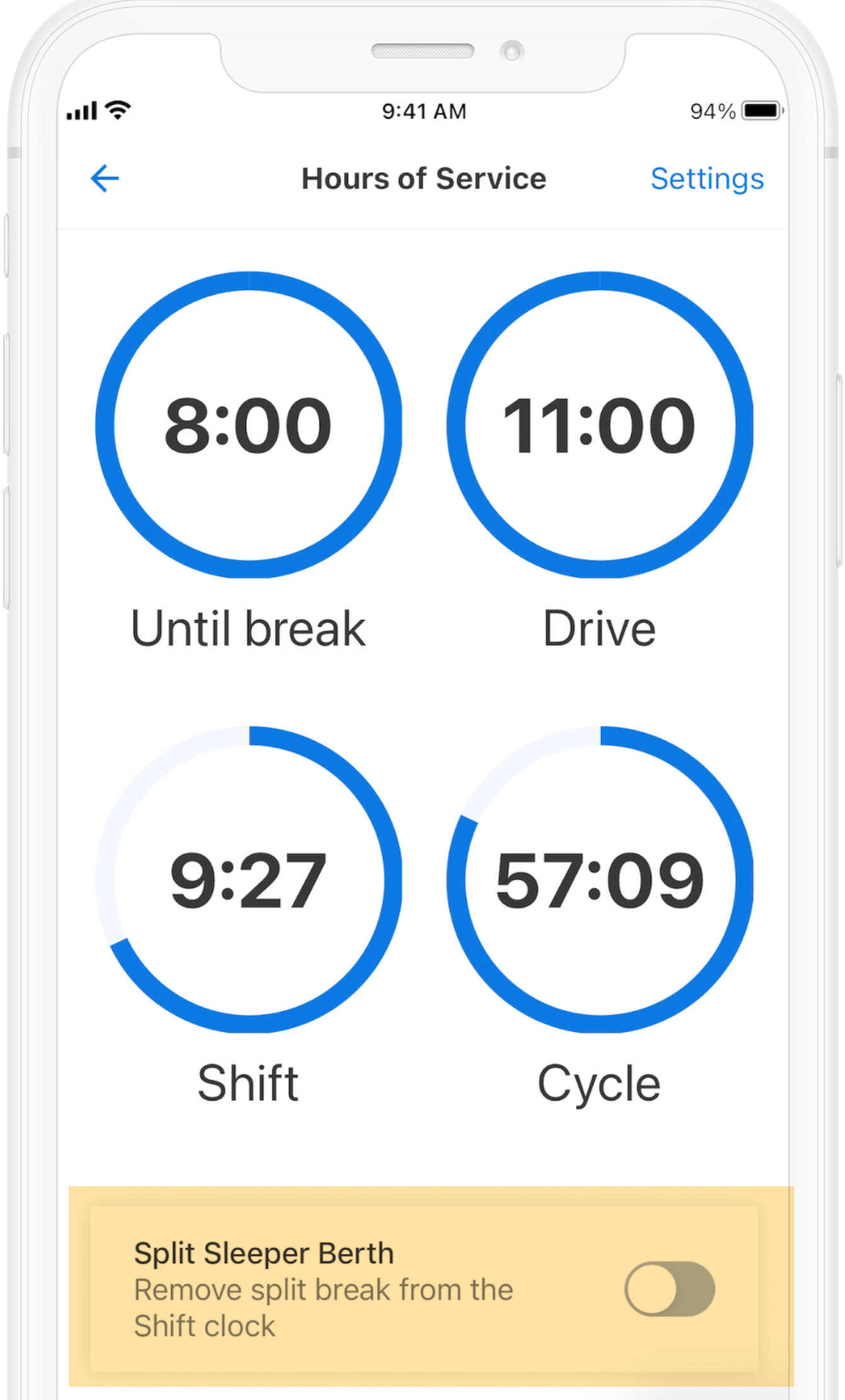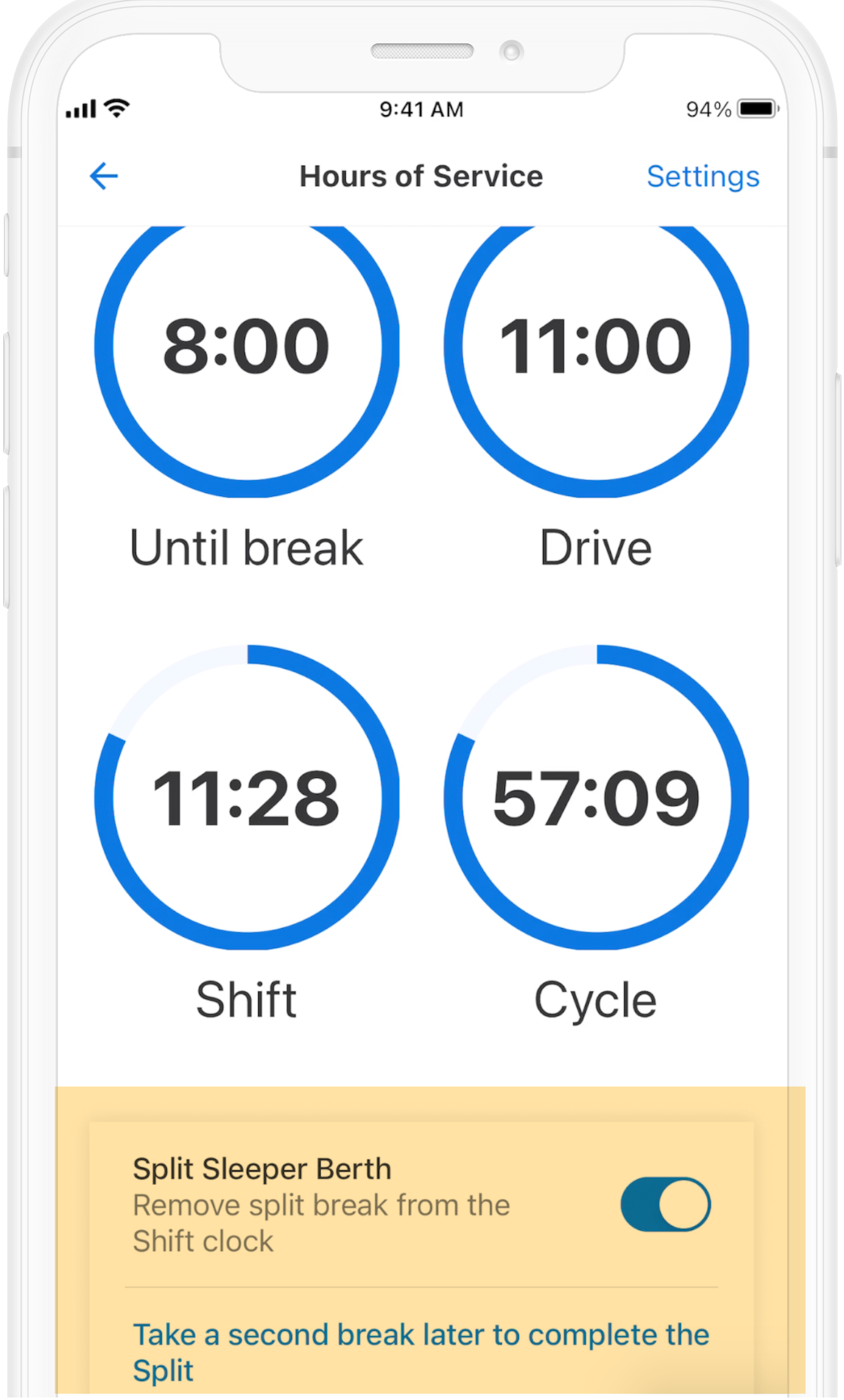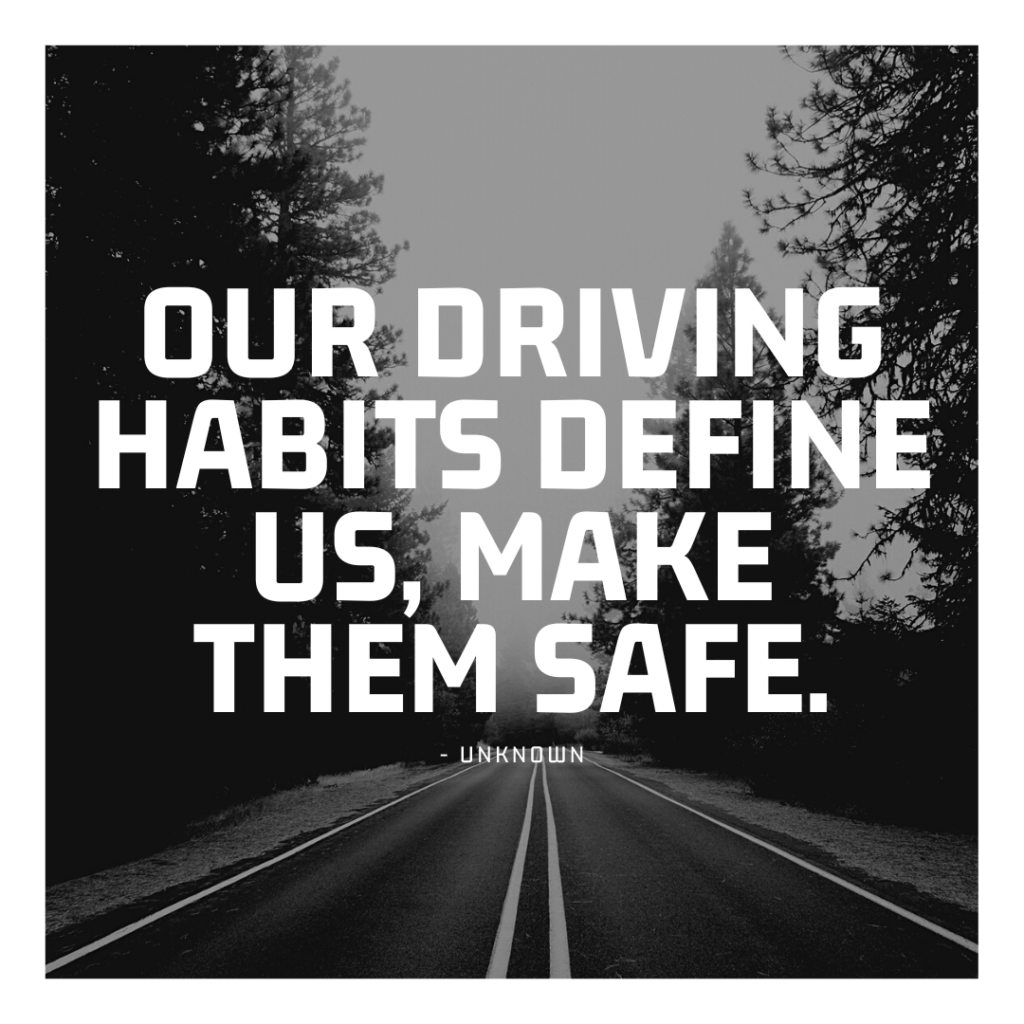
The most successful drivers ensure they are giving themselves plenty of time to be safe, follow DOT rules, and still make pickups and deliveries on time. Marvin Keller’s veteran drivers credit good trip planning to their success. Here are some of the important things to consider when planning your trips.
Plan for 20 to 30 minutes to do proper pre and post-trip inspections. This will help prevent time-consuming and costly repairs on the road, like blown tires. Ensuring your rig is DOT-compliant will also help prevent you from being stopped for random inspections or put out of service if an inspector notices something that’s not right.
Plan your route ahead of time; know the roads you plan to take and where you might stop for breaks and fuel. You may want to call ahead to get a parking spot for the night. Your driver manager can help with that as well.
Give yourself extra time to account for any potential delays, such as traffic congestion, construction slowdowns, or inclement weather.
Check the MK Drive app. Our drivers have created a wealth of information about shippers and receivers that can help you plan ahead. And remember, if you’re having trouble with trip planning or with anything else, you can always get ahold of your Driver Manager. They’re here to help.
Make sure you’re planning ahead to arrive on time to shippers and receivers. In the current economy, many trucking companies are all fighting for a small amount of business, and service has become a priority in order to compete. Do your part to make sure we remain a professional, elite fleet.
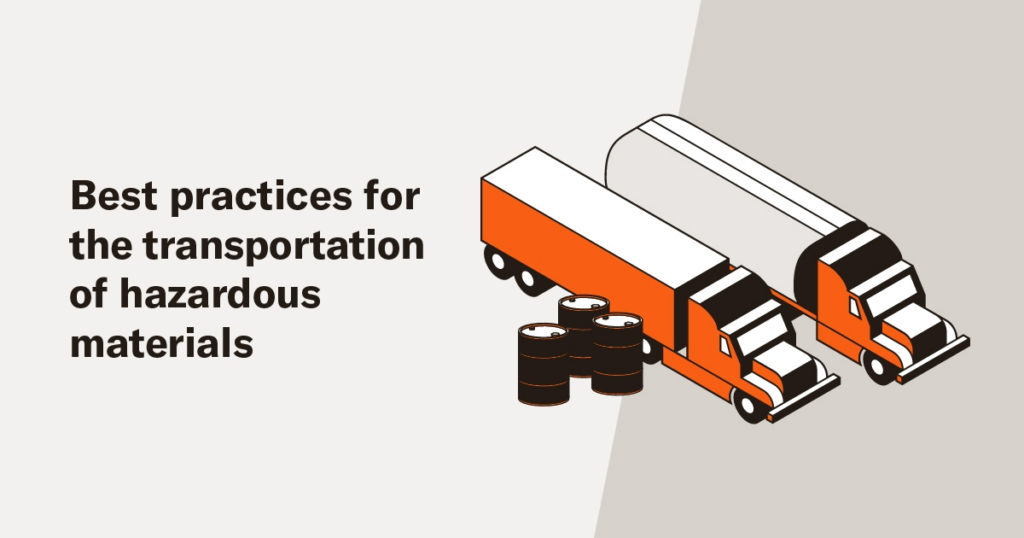



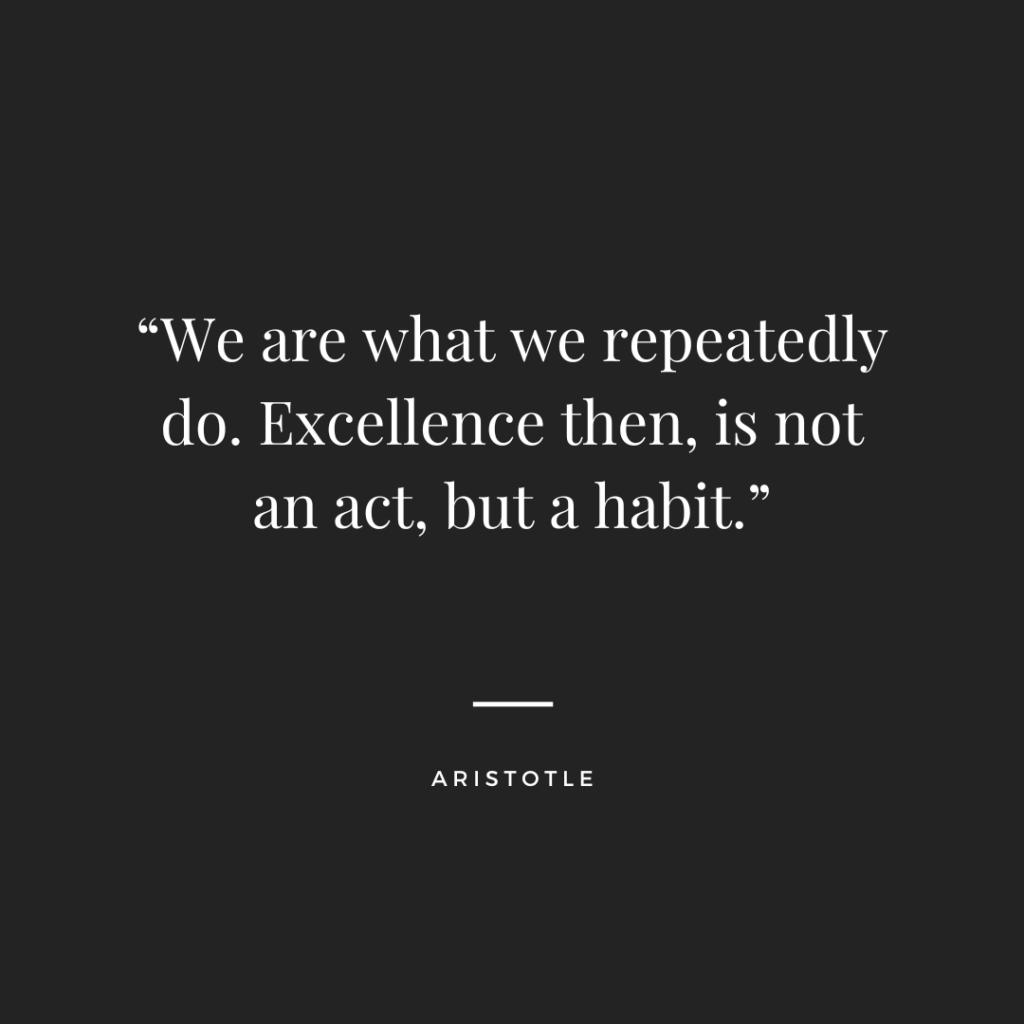
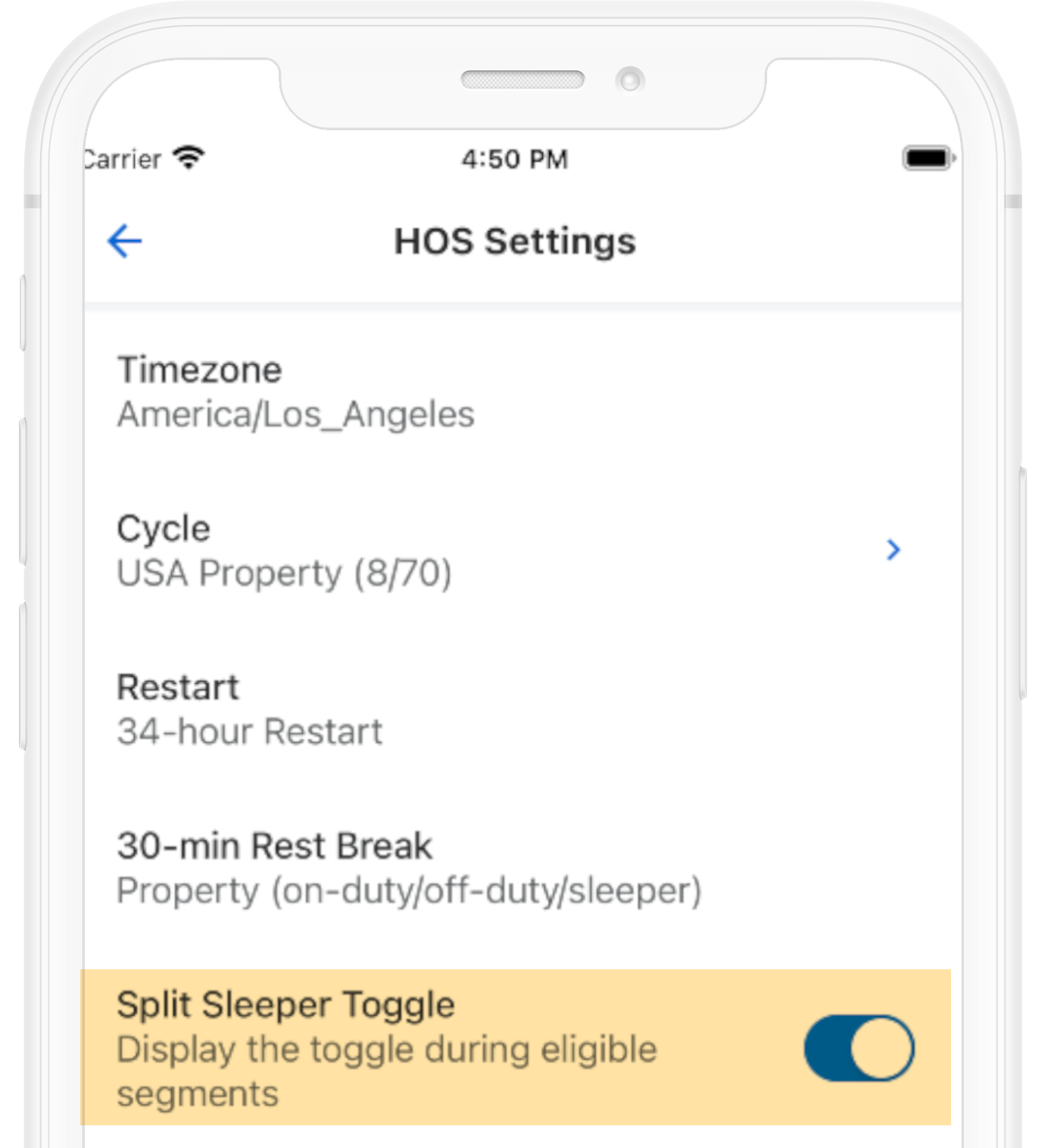 An option displays under the HOS dials after you have completed one eligible split sleeper period in your shift:
An option displays under the HOS dials after you have completed one eligible split sleeper period in your shift: